Date: 4 September 2013
It is essential to set tangible and achievable objectives as of now for 2030 so as to provide predictability and visibility to economic operators.
As manufacturers of energy saving products necessary to achieve a low-carbon economy we believe that a coherent and meaningful energy and climate framework is essential to maximising our industry’s contributions to the EU’s ambitions. More specifically, Glass for Europe believes that it is an imperative that the European Union uses energy more efficiently to safeguard the competitiveness of its economy and industries and to pave the way for future sustainable growth.
Key elements to consider for the 2030 climate and energy framework
- A binding energy efficiency target should be the cornerstone of the 2030 energy and climate package to mobilise policy makers, society and market forces towards achieving the desired goals. Energy efficiency is the only instrument that allows Europe to simultaneously reduce GHG emissions and strengthen the competitiveness of EU based companies, by reducing energy intensity and dependence on foreign oil and to increase resource efficiency, while also providing a boost to economic activity by increasing market demand for energy saving products.
- The energy efficiency target, as well as a GHG emission reduction one, should be designed based on a bottom-up approach starting from an assessment of the potential for cost-effective energy efficiency gains and GHG emission reduction in each sector of the economy with due respect for limited investment capacities and the lengths of investment cycles of different economic actors.
- Each of the EU binding targets should be complemented with clear indications of the contributions to be achieved by each of the different sectors (e.g. buildings, transport, agriculture, energy-intensive industry, light-assembly industry, etc.) so as to provide guidance to policy makers and direction for the mobilization of investments. Glass for Europe expects that the biggest share of energy savings and GHG reduction efforts should be achieved in the building sector (i.e. thermal renovation of existing buildings) given its high cost-effective savings potential, low exposure to international competition and significant growth and job creation potential.
- In light of the new targets and the contributions of each sector to the objectives, policy instruments, such as the EU ETS, will need to be revisited to ensure fair effort sharing between sectors and to adequately protect the competitiveness of EU manufacturing industries.
- A level playing field between manufacturers of energy saving products in and outside the EU needs to be ensured to avoid boosting the import of products from outside Europe at the expense of EU job, growth and climate. High level of ambition will therefore require a new balance to the EU’s industrial and trade policy to ensure a level playing field for industries.
A binding energy efficiency target
Glass for Europe is convinced that a binding energy efficiency target is imperative and must form the cornerstone of the EU 2030 energy and climate package. Indeed, only energy efficiency helps achieve most of the EU policy goals at the same time and in particular those of:
-Reducing GHG emissions
-Strengthening the competitiveness of EU based companies
-Reducing energy intensity and dependence on foreign oil
-Increasing resource efficiency
-Providing new sustainable source of market activity in Europe
The general EU energy efficiency target should be expressed in an unambiguous way so that the target is rightly understood as an energy efficiency target and not as a cap on energy consumption.
A bottom-up approach is needed to define ambitious and realistic objectives
Glass for Europe believes that energy efficiency and GHG emission reduction targets must be established based on a bottom-up approach to reconcile political aspirations, policy objectives and the real energy efficiency and GHG reduction potential of the different sectors, e.g. buildings, transport, agriculture, different sections of the industry (energy-intensive industries, assembly industries, services, etc.).
This bottom-up approach should:
- take into account the cost-effective energy and emission reduction potentials in the sectors
- include an assessment of investment capacities needed to achieve the potential
- evaluate the contributions that could be derived from different policy instruments
- assess the feasibility of achieving the defined objectives against the EU’s competitiveness and reindustrialisation objectives.
A fair distribution of efforts between the different sectors
Global energy efficiency and GHG emission reduction targets should be complemented with clear and public indications of the contributions to be achieved by each of the different sectors with a sufficient level of disaggregation in sectors.
When it comes to energy efficiency, objectives for the different sectors may actually be expressed in different terms, e.g. in ‘energy-intensity’ for energy-intensive industries, ‘absolute energy savings’ when it comes to performance of buildings, etc.
Concentrate efforts on the building and automotive sectors
As far as energy efficiency is concerned, there are grounds for binding sectoral targets, for instance on buildings. A sectoral energy efficiency and competitiveness assessment is likely to reveal that most of the efforts could be borne by the building and intra-EU transport sectors. This is due to the huge untapped potential of the building sector and the fact that these sectors are little exposed to international competition, either because of their inherently local nature or, in the case of automotive, because of the possibility to set EU minimum standards that equally apply to all car manufacturers willing to market their vehicles in Europe.
Therefore these two sectors would provide tremendous business opportunities for Europe’s economic actors and for driving sustainable growth. As such it would make sense to set binding EU energy efficiency targets for these two sectors.
Reform of the EU ETS in light of new objectives for 2030
Glass for Europe believes that the EU Emissions Trading Scheme will need to be revisited in light of the 2030 climate objective. However, such a reform should not limit itself to fixing the new CO2 cap or to activating one or the other instrument to achieve a higher carbon price.
Considering that economic sectors are likely to have different CO2 emission reduction potentials, the EU ETS should evolve to reflect these realities. For example, this could mean in practise setting different sectoral factors to ensure that sectors exposed to risks of carbon leakage do not face a decrease in free allowances that is higher than their estimated GHG reduction potential.
Additionally, ensuring long-lasting protection against carbon leakage (beyond 2015 and 2020) and free allocation of CO2 allowances for exposed sectors must be an essential feature of a reform to the EU ETS. The current EU ETS directive does not foresee protection mechanisms beyond 2020 wherears they will be essential when the economy picks up. At this time, industries which manufacture products necessary to achieving a low carbon economy, such as the flat glass industry, will need to decide where to localise their manufacturing investments to respond to a possible increased demand. The danger is high that without a solid guarantee of free allocation for sectors exposed to risks of carbon leakage and/or that a level playing field with third country competitors is ensured, manufacturing investments profit third countries rather than EU regions.
Rethink industrial and trade instruments in light of climate and energy goals
A review of the EU industrial and trade policy is necessary to ensure the coherence of the EU energy, climate, environmental, industrial and trade policies. In particular, a new balance needs to be found between the EU climate and environmental policy goals on the one hand, and the objectives of reindustrialising Europe.
Currently, the discrepancy between the stringent EU environmental and climate protection legislation and the lack of such requirements in neighbouring countries, combined with free trade agreements with no environmental reciprocity clause lead to an absence of a level-playing field between EU and non-EU industrial actors. In Glass for Europe’s view, this situation is damaging the EU’s core economic interest while undermining support for EU environmental and climate action policies.
As of now, a discussion on the adaption mechanism at EU borders should be opened up and should reflect on the disproportionate nature of commitments between the EU and its trading partners in existing trade agreements.
About Glass for Europe
Glass for Europe is the trade association for Europe’s manufacturers of flat glass. Flat glass is the material that goes into a variety of end products such as windows and facades for buildings, windscreens and windows for automotive, solar panels, furniture, electronics, etc. Glass for Europe has four members: AGC Glass Europe, NSG Group, Saint-Gobain Glass and Sisecam/Trakya Cam and works in association with Guardian.
Glass products not only provide light, comfort, style, security and safety, they are also essential to energy-efficient buildings, houses and transport. Windows containing high-performance glass such as low-e insulating glass, which helps keep warmth in, and solar control glass, which reflects unwanted heat away, help reduce energy consumption. Solar energy glass helps enhance the production of a renewable source of energy.

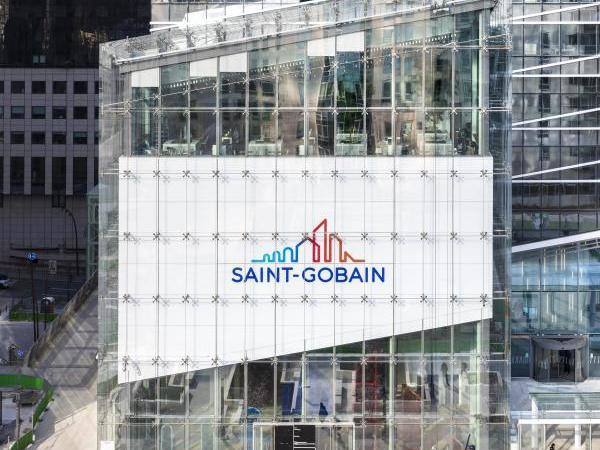
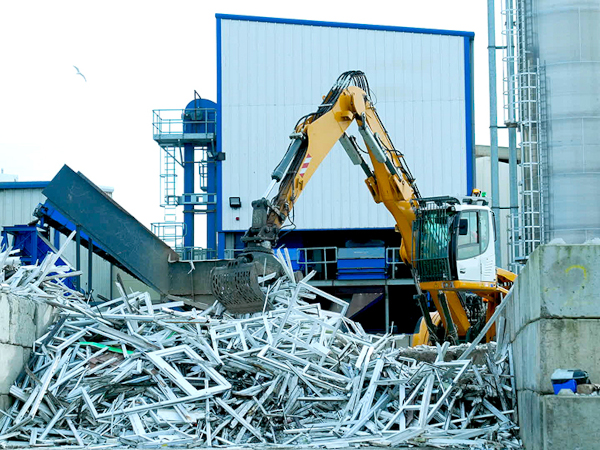
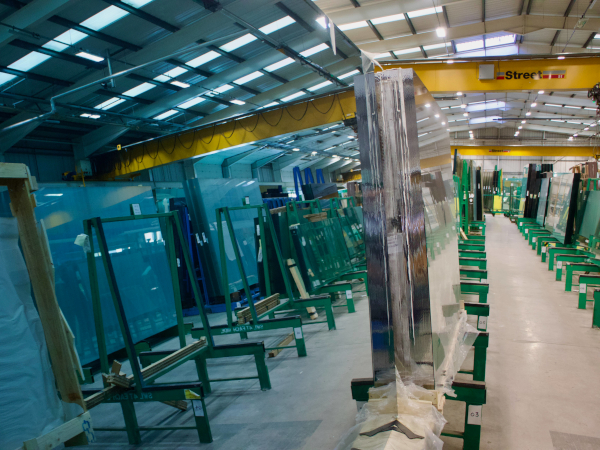
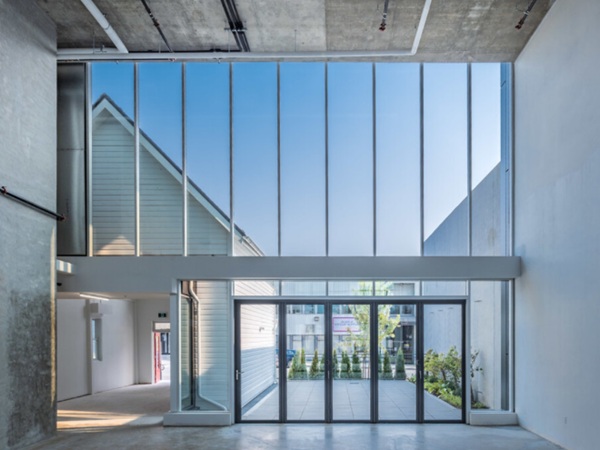

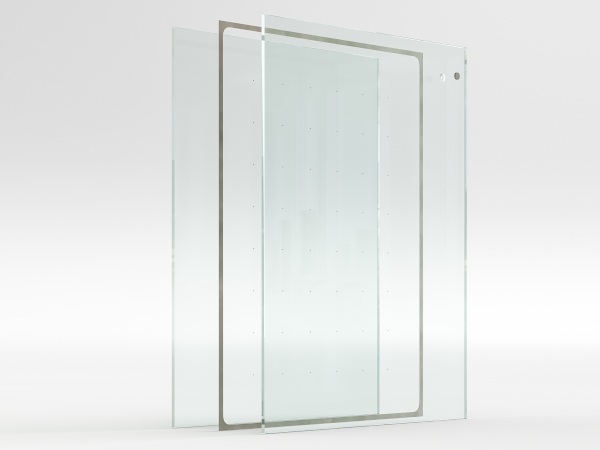







Add new comment